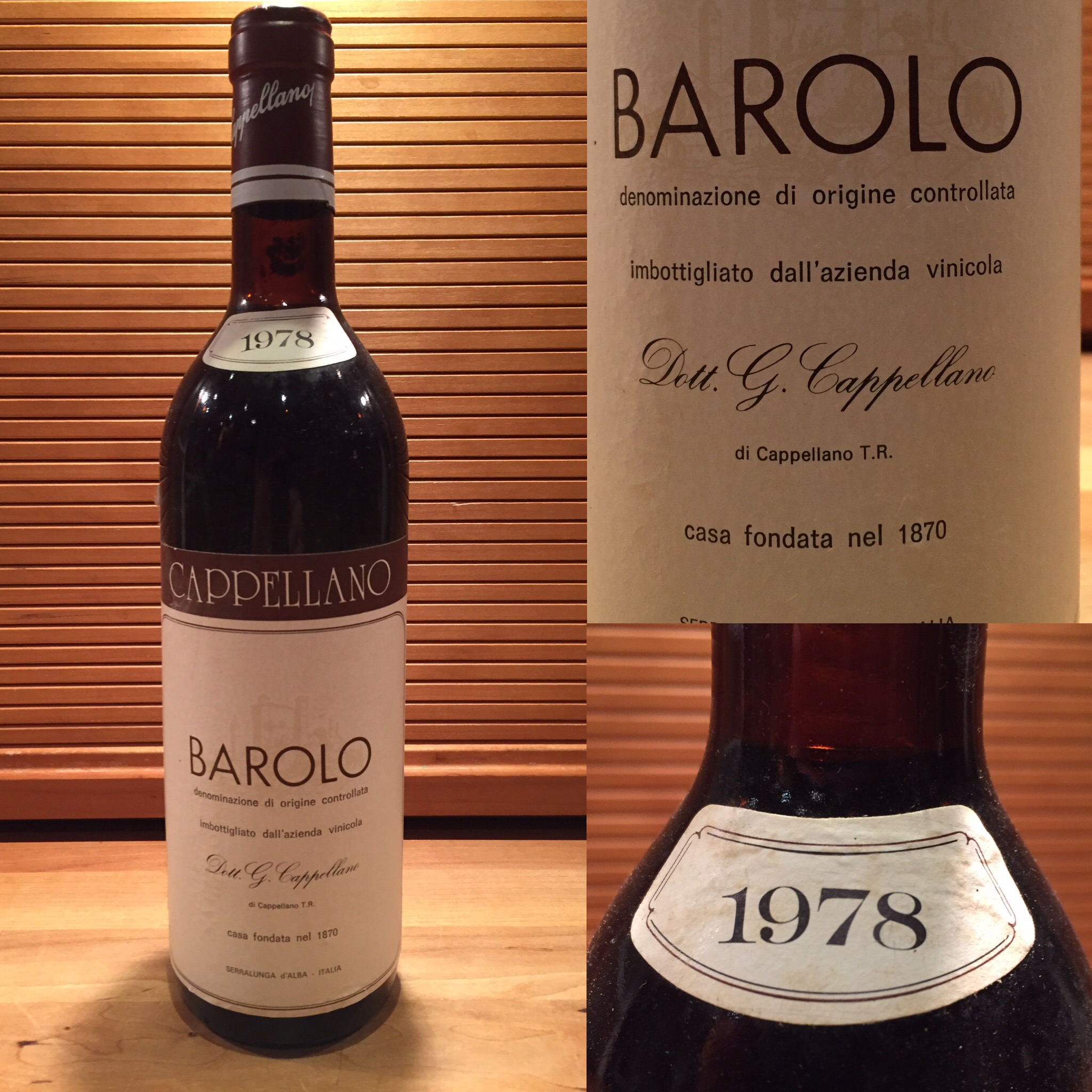Being a ”Barolophile”, I would say that these wines (Barolo, Barbaresco (Nebbiolo)) always improves with age, but there is a so called ”drinking window” (an optimal range). Generally; Acid and tannins become rounder in character, colours evolve, fruit flavours diminish and are replaced by more complex, aged characters.
More precisely, wine can be defined by three different types of flavours and aromas throughout its life cycle: Primary flavours, which are determined by the soil and the varietal: mineral, floral, herbaceous. Secondary flavours, which are the result of the winemaking (fermentation, maturation and other processes): fruit flavours, spices, oak, yeasts, honey etc. Tertiary flavours, which appear with ageing: leather, earthiness, cedar etc.
It’s important to understand that flavours and textures praised in a wine’s youth will dramatically alter with age, and will sometimes even disappear entirely. The only question to consider is: do you like the flavours they turn into? The above mentioned Italian red wines lose vibrancy of colour and go brick red, tannins soften, and earthy, cedar, and leather flavours develop over time, but at a certain point even tertiary flavours disappear….


Follow Us!